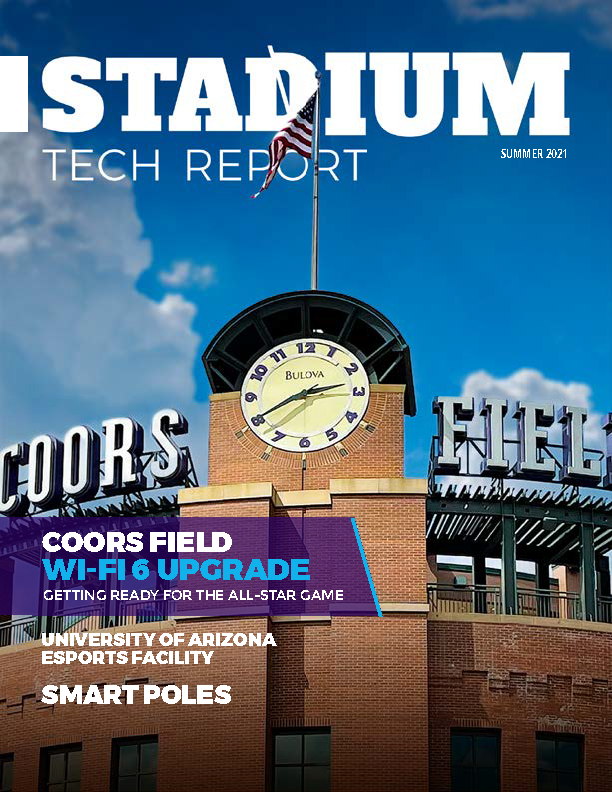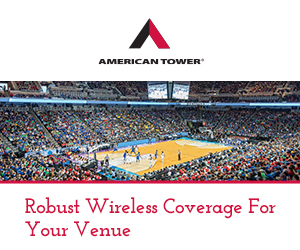When it comes to cellular phone innovation, the things that immediately come to mind are the highly advertised advancements, like 4G networks and the latest handsets. But AT&T has turned to the often overlooked cell-tower antenna to find an innovative way to help improve cellular reception in crowded public places, like big outdoor events and sports stadiums.
According to an AT&T blog post as well as an interview with some of the team members behind the innovation, Ma Bell has found a way to significantly improve cellular reception in crowded spaces by by building a new antenna that splits a regular signal into five separate “beams.” By splitting one spectral signal into several smaller but more focused ones, AT&T says it can gain approximately a 5x increase throughput from each antenna, a big necessary jump when confronted by crowds of tens of thousands of smartphone users.
Without getting too deep into the physics, the multi-beam approach is roughly the equivalent of adding four new cell towers, without the added expense of having to site, install and maintain new antenna placements. Though there is a tradeoff of having a narrower range of coverage (since the multi-beam signals are smaller in geographic footprint than those from traditional antennas) that isn’t a problem inside stadiums or at events, where phone users don’t move too much. AT&T has produced a cartoony video that kind of explains the advancements, albeit in a great-for-AT&T way (see end of post for the video).
According to AT&T folks we talked to the antenna was developed jointly by AT&T and a “boutique” antenna manufacturer AT&T declined to identify. The need for a better-performing antenna came out of AT&T’s challenges of bringing cellular service to the crowds at the Coachella music festival in Southern California, an event that can attract up to 85,000 fans each day.
Though we don’t have a geekout photo to share with you, the AT&T folks we talked to said the antennas are already being rolled out to numerous big-event venues, including NFL stadiums in Nashville and Minneapolis, collegiate stadiums in Hawaii and North Carolina, as well as golf and tennis events. The antenna seems to be a valuable part of AT&T’s ongoing arsenal of tricks to improve wireless coverage overall, which includes DAS installations as well as expanded Wi-Fi. For cell users at big events, any and all advancements are welcome.







[…] wireless stuff we saw in the flesh (well in the silicon and plastic, I guess) some of the new multi-beam antennas AT&T developed earlier this […]